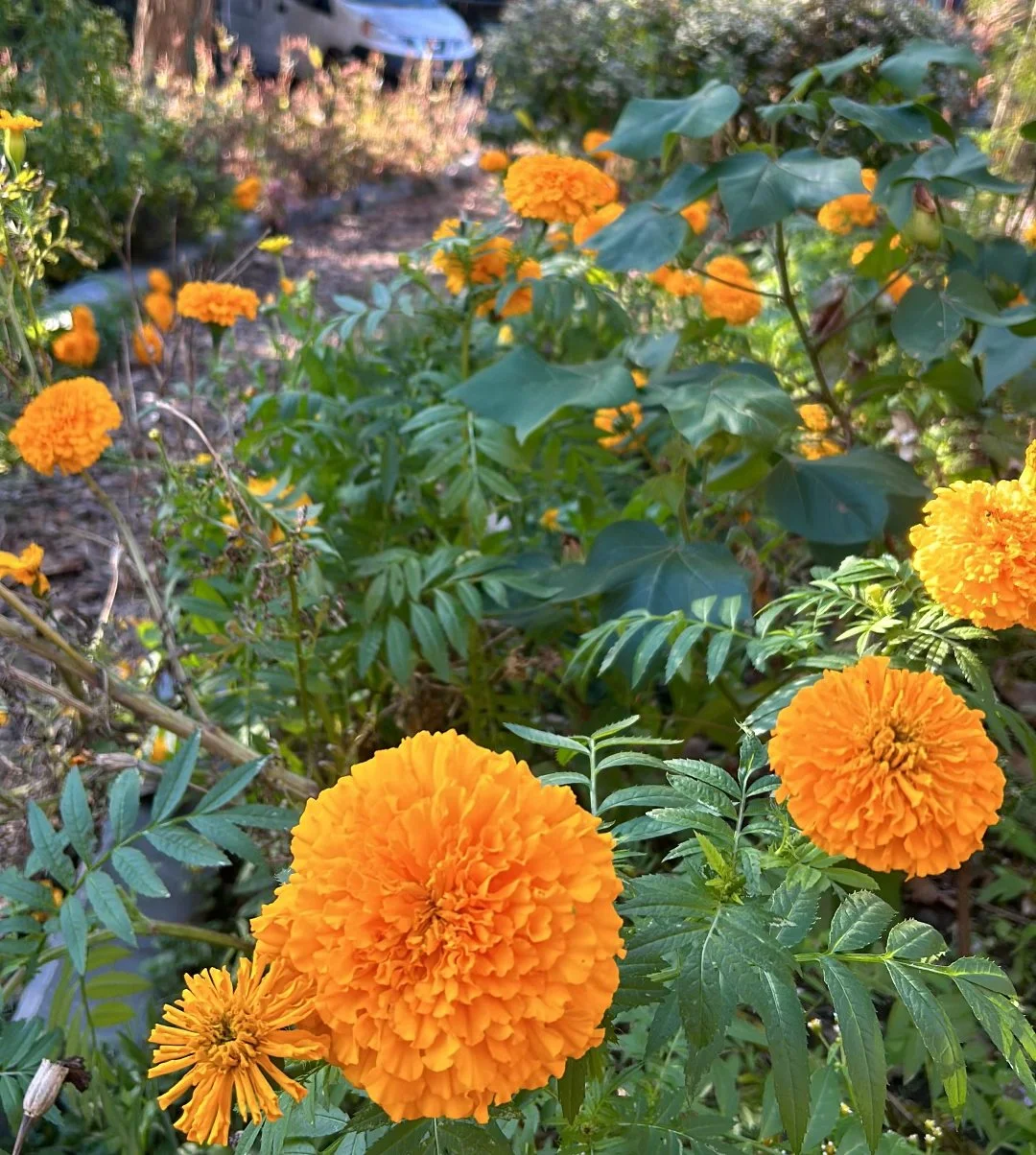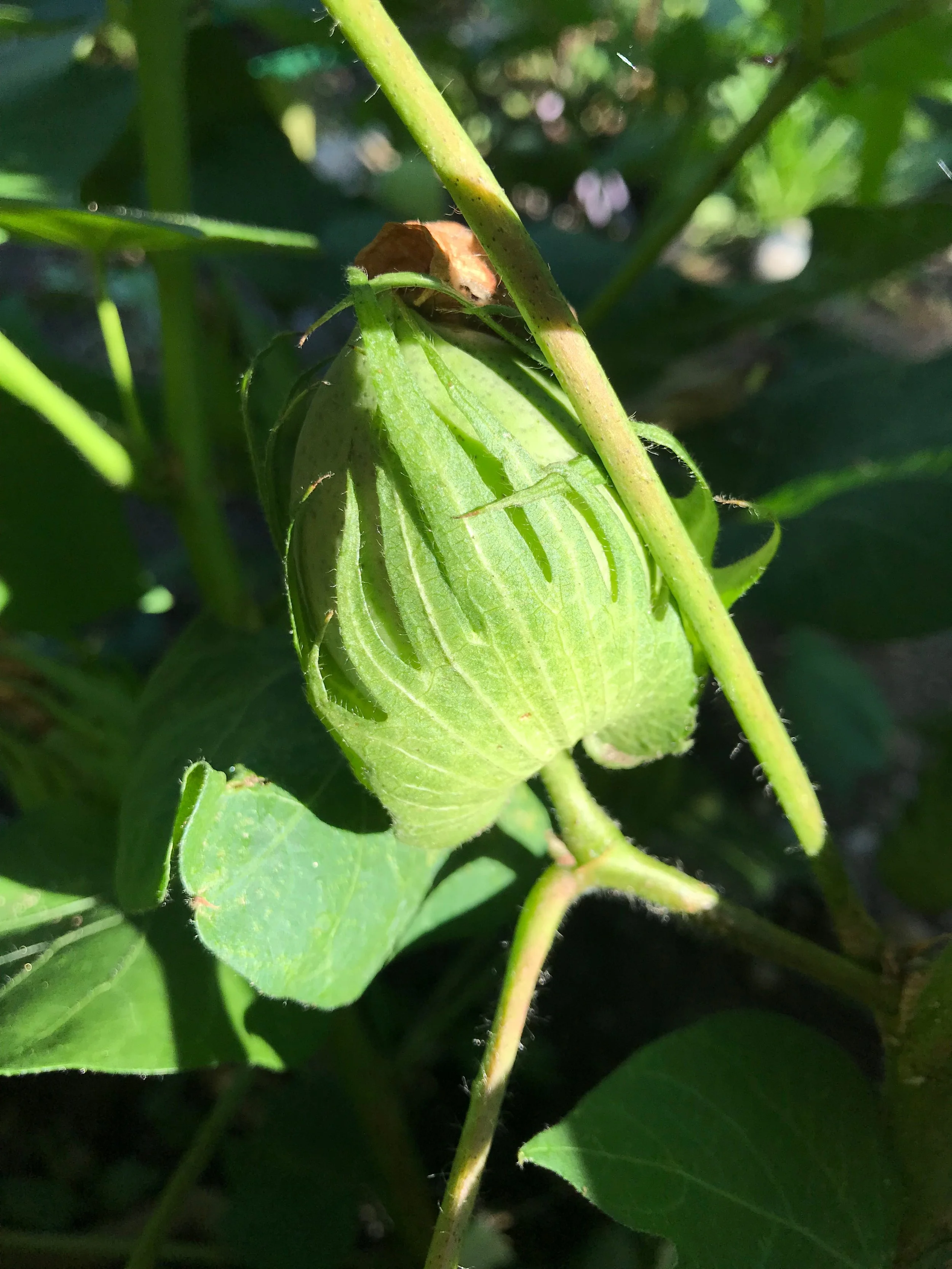THE DYE GARDEN
Located in Central Baltimore’s Station North/Greenmount neighborhood, Blue Light Junction also stewards the annex of Hidden Harvests’ “Natural Dye Garden”, located next to the studio, where we cultivate and host a variety of dye and medicinal plants.
Ever evolving, the garden is supported by a number of committed volunteers, including artists, students, teachers, and community members invested in the cultivation, exploration, and preservation of natural dyes both regionally and globally.

CULTIVATED PLANTS
VOLUNTEER DAYS AT THE GARDEN
Join us during volunteer days to connect and learn more about natural dyes and the plants we grow at Blue Light Junction. This is an open space for the community, and all ages and experience levels are welcome.
During the summer season, we are working on indigo processing, harvesting flowers, and performing maintenance of the garden.
Swing by at 209 McAllister St, Baltimore any of the days marked in the calendar anytime during volunteer hours, and find us at the garden right next to the studio
Send us a message to volunteers@bluelightjunction.com for any questions you may have.








